Assignment 1: Blindfolded walk
This exercise involves pairing students in groups of two, with one person serving as the guide and the other wearing a blindfold to block their vision. The goal is to practice spatial awareness and auditory perception by relying on hearing rather than sight. The exercise is divided into two stages: first, playing the role of the guide, and then taking on the role of the blindfolded participant.
The perception of spatial scale
Vision, as a dominant sense, is something we naturally rely on to observe spatial scale. In the exercise of blocking visual input, we can still perceive spatial scale through auditory cues, even though the accuracy of perception significantly decreases. Through echoes and the direction of sound, the brain can still perceive the dimensions of space on a sensory level.
For example, while walking across an open campus plaza, I clap my hands loudly, and after one second, I hear what seems like someone clapping back from a distance. When we open our eyes, we realize that it was actually the echo of the sound bouncing off the five-story student village, a hundred meters away.
The Conflict Between Cognitive Maps and Auditory Orientation
In the experience of blocking my vision, I wandered along my daily campus route. As I relied on memory to navigate through familiar paths, I could seemingly imagine my surroundings in my mind. However, memory is not always reliable. When I predicted that my next step would lead me up the familiar staircase, I realized that I was actually stepping down to the right. This contradiction between auditory perception and memory instantly overturned my previous understanding of the environment. From that moment, I lost my sense of direction within the space.
This feeling becomes even more pronounced in smaller-scale spaces. For example, when I attempted to enter the restroom while blindfolded, the moment I stepped inside and released the door handle, I had no auditory feedback to help orient myself. The sound of my footsteps was reflected by the restroom fixtures, and it wasn’t until my guide assisted by turning on the faucet that I could barely reconstruct the cognitive map of the restroom from memory.
Assignment 2: Soundscape
The exercise was conducted in a meeting room adjacent to a coffee space, where we observed the soundscape for one minute at a fixed point. The meeting room is enclosed by glass and located within a larger open space, without a ceiling, but with a curved roof structure made of wooden slats. Due to this design, sounds from the coffee area can be clearly heard inside the meeting room.
The audio was recorded from the table inside the meeting room. While a small amount of sound transmitted directly through the glass, the majority of the sound entered the room after reflecting off the ceiling. I could not only hear the footsteps and all the activity in the coffee space in great detail, but I also found the sounds even clearer than they would be when heard directly from the coffee space itself.
frequency observation
Knock sound
。1。。。。
walking sound
。。。。4。
spoken noise
。。。3。。
Coffee machine
。。。。4。
Spoon&fork
。。。。。5
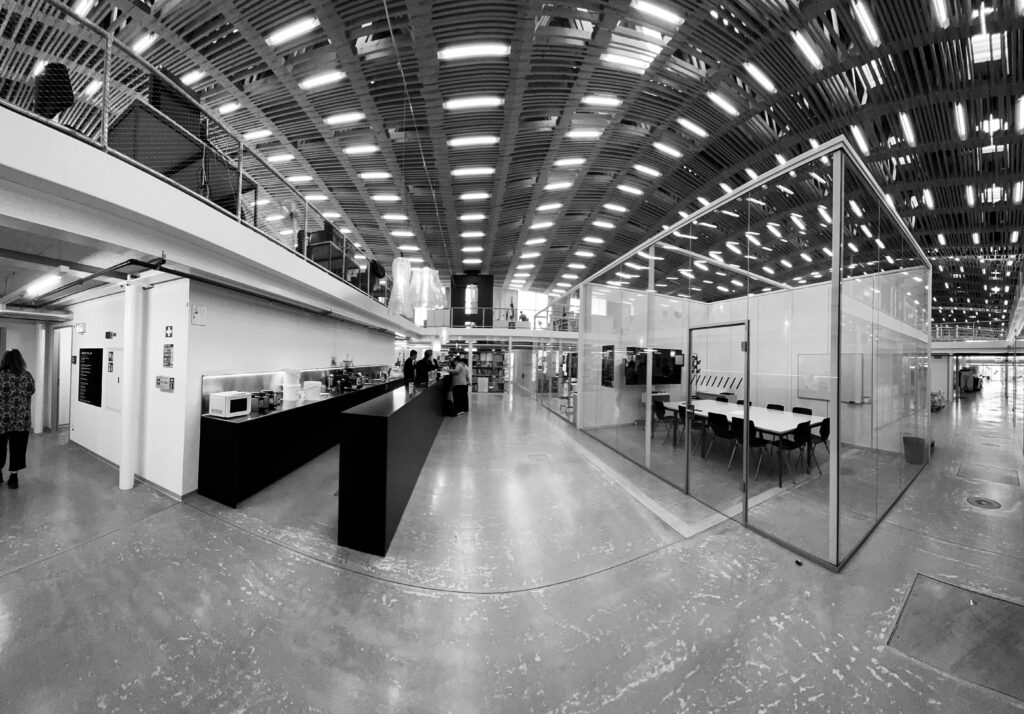
Assignment 3: Soundsketch

Music: grrawe – Gerriet K. Sharma
Assignment 4: Unity
Project name : [▲ ◦ ○ ◌ ]
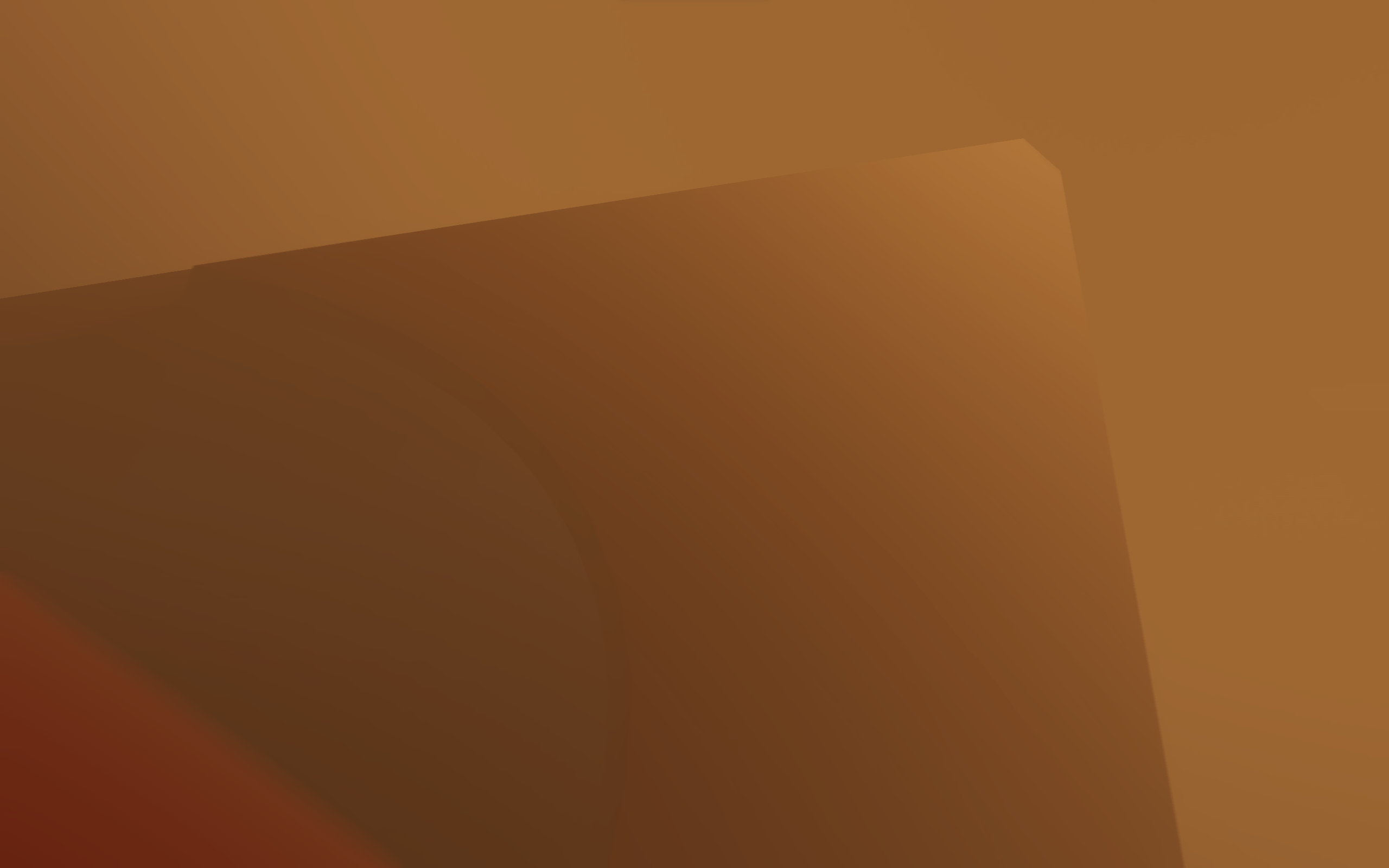
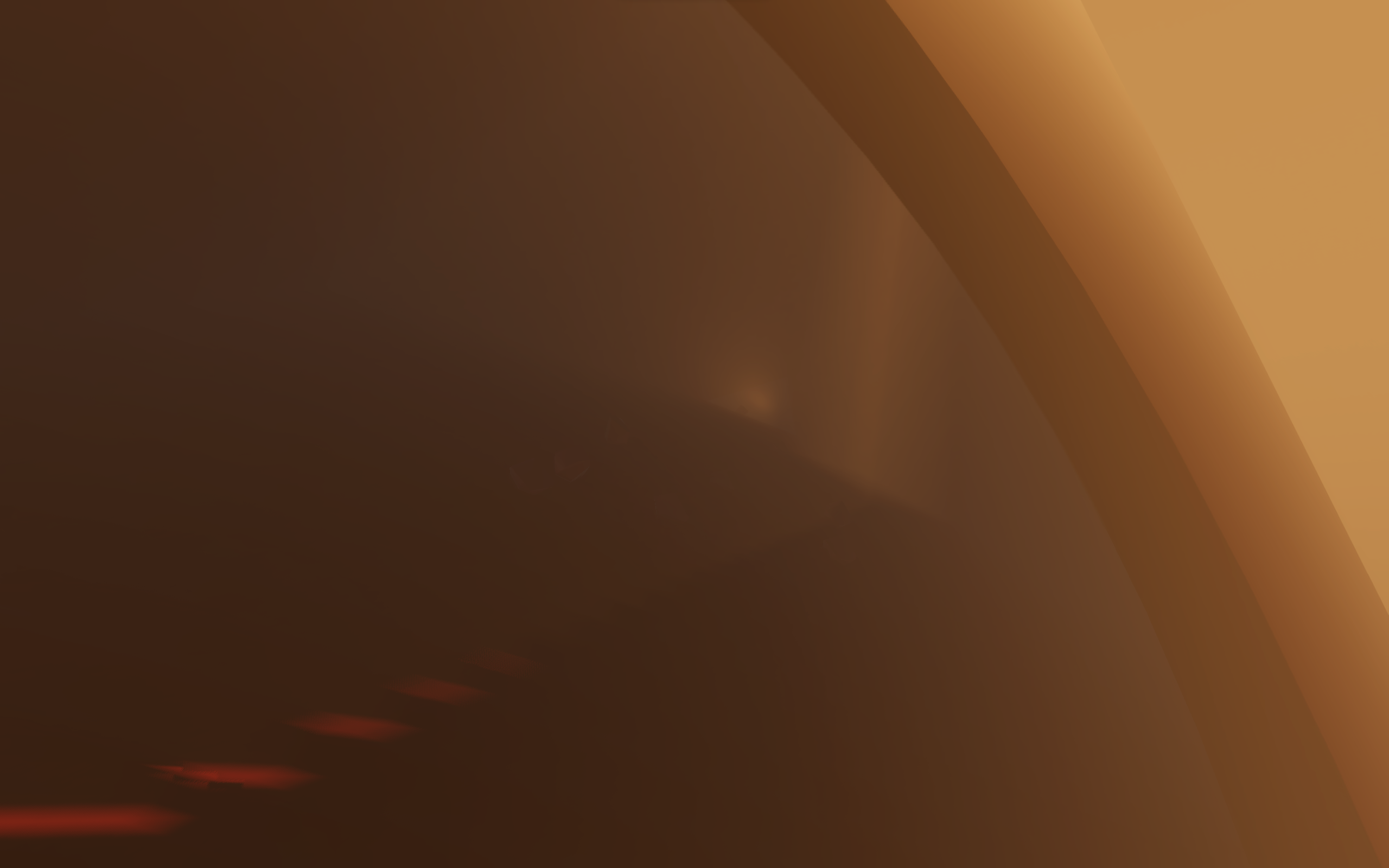

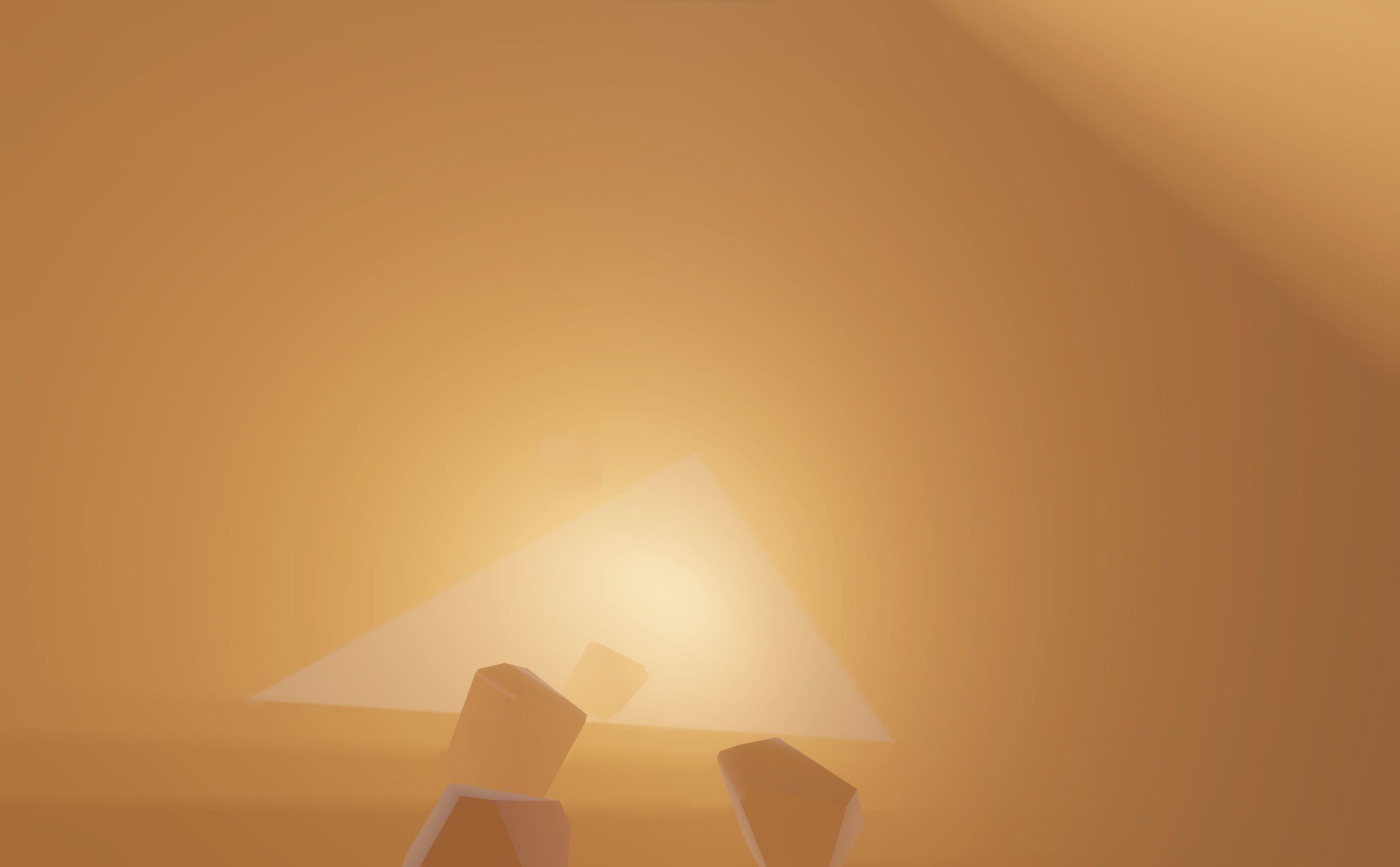
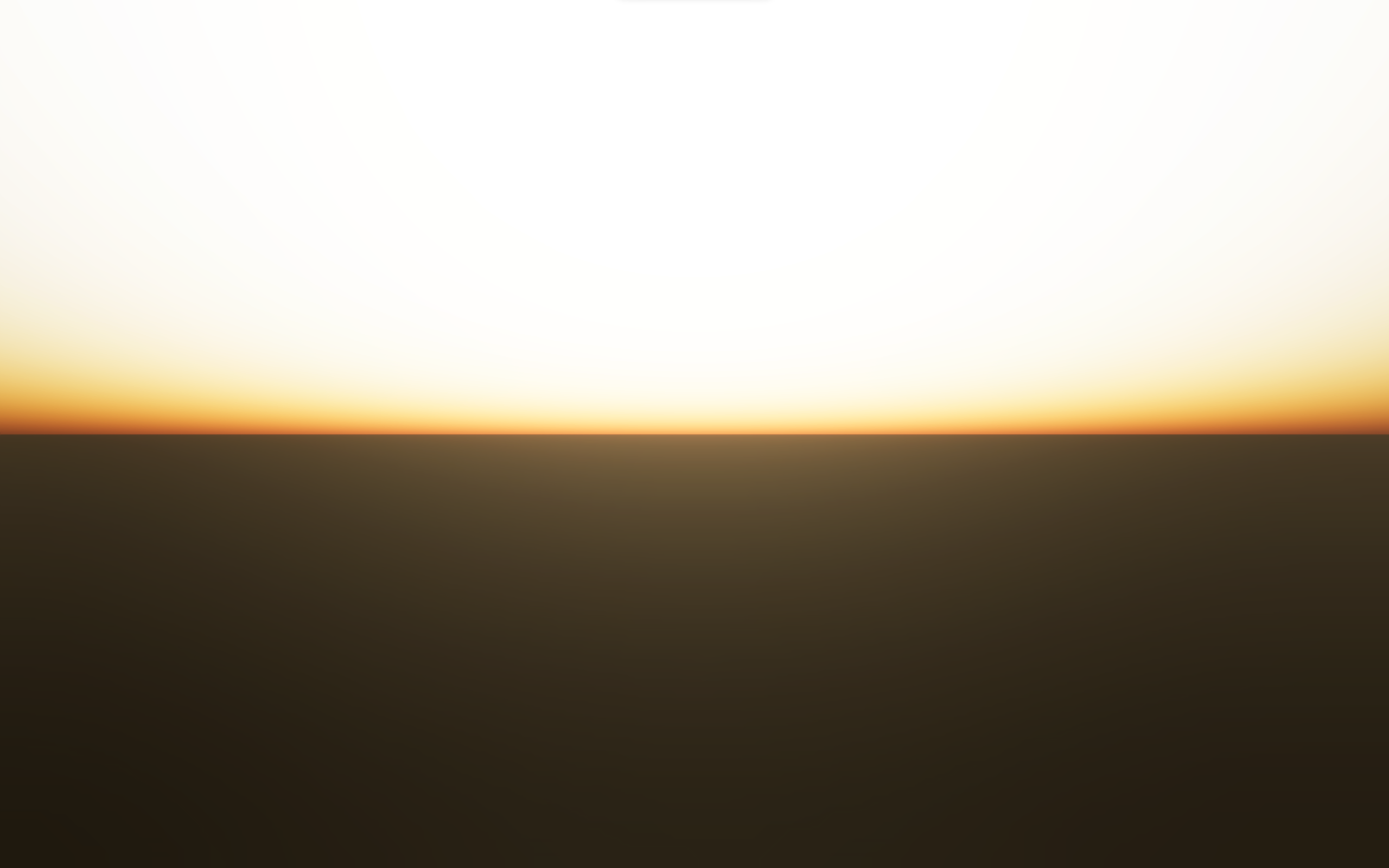


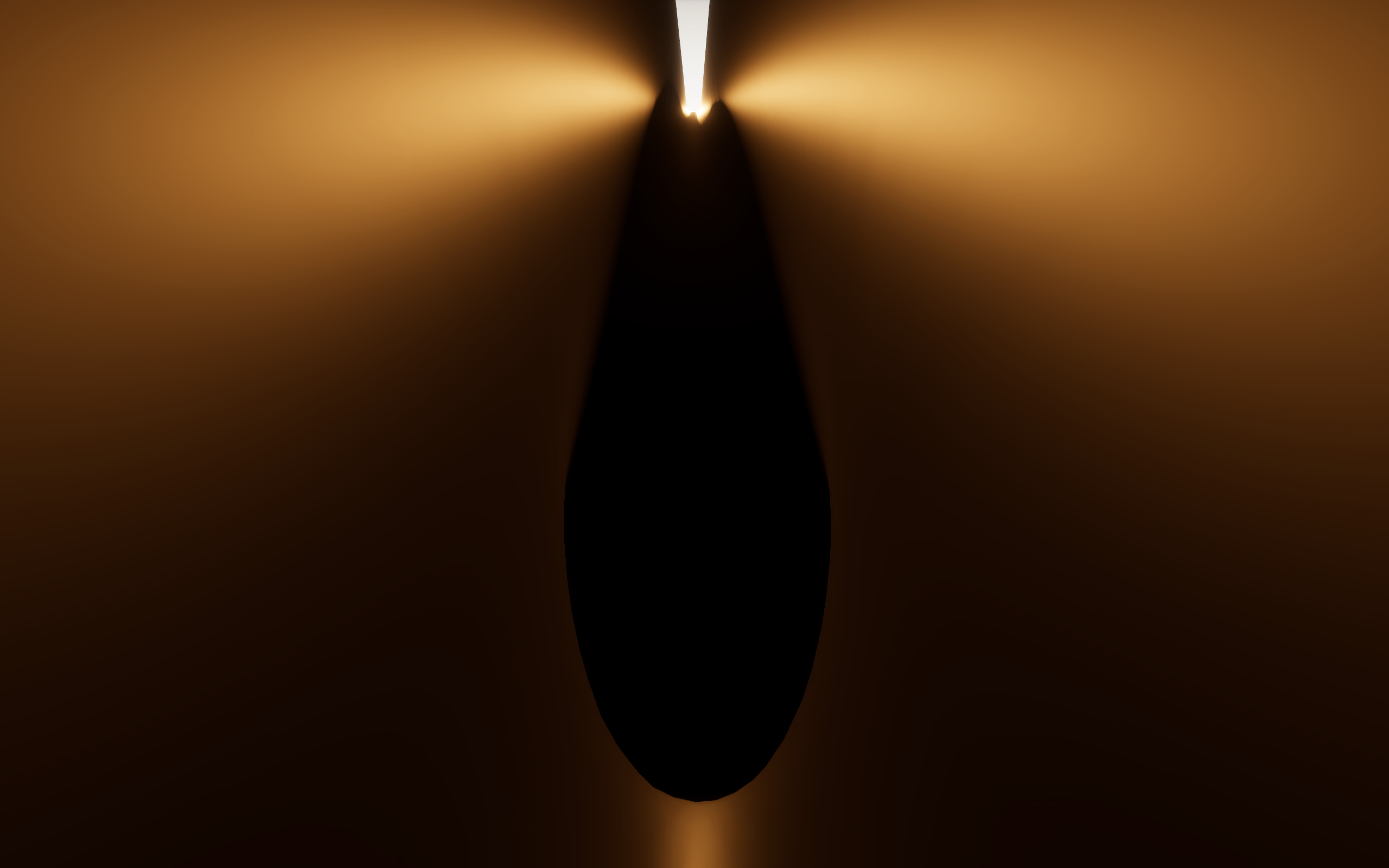


Scenes in Unity:


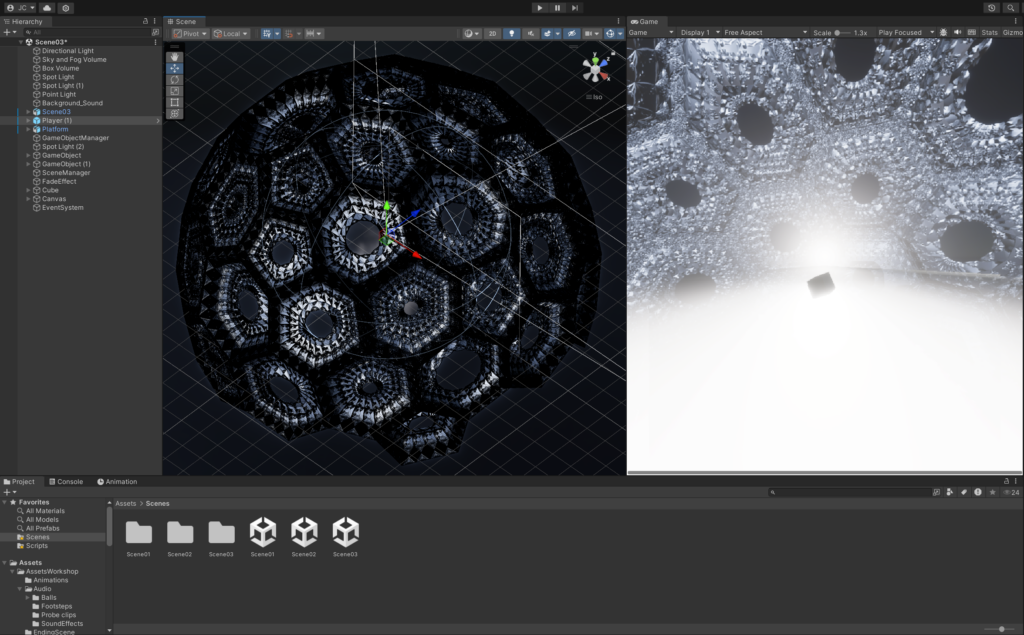
Sound Credits:
Erokia – Ambient Wave 3 – (Harmonics)
mVitalie – 10000 Hz Rife frequency
thanvannispen – stone_on_stone_impact3
dhi67540 – DSGNDron DSGNBass Very low frequency drone


